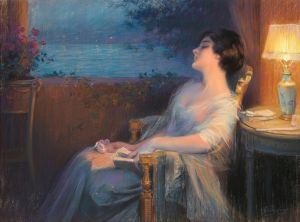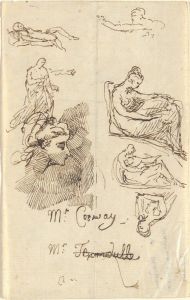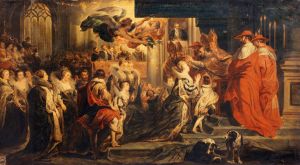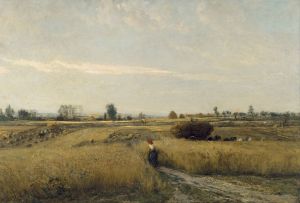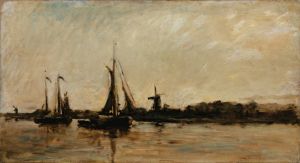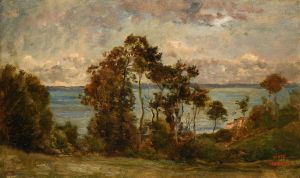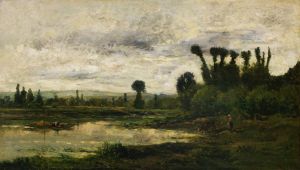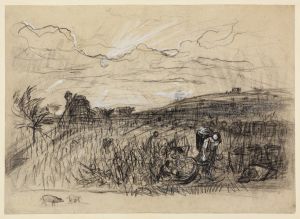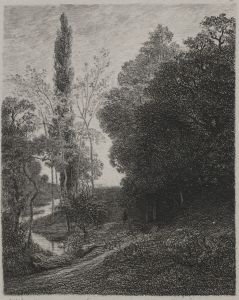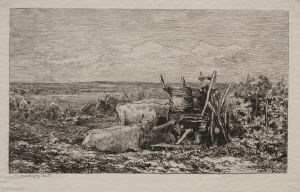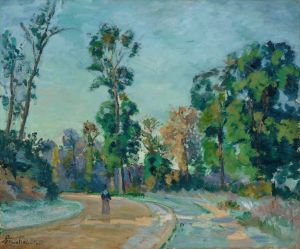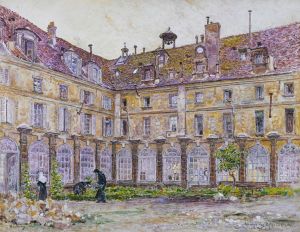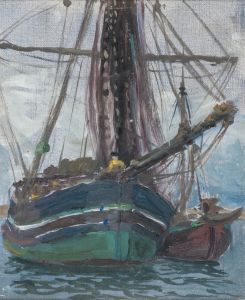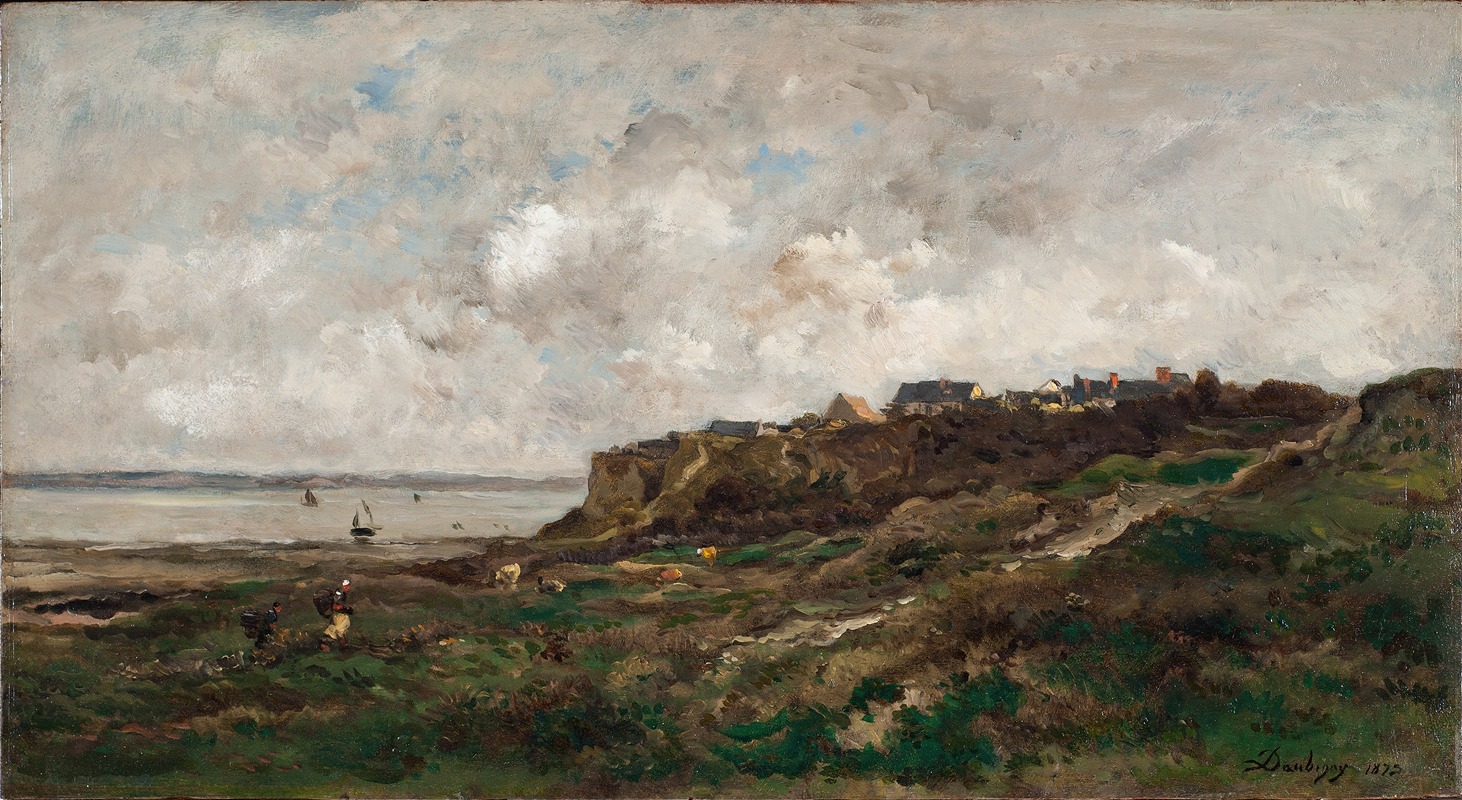
Low Tide at Villerville
A hand-painted replica of Charles François Daubigny’s masterpiece Low Tide at Villerville, meticulously crafted by professional artists to capture the true essence of the original. Each piece is created with museum-quality canvas and rare mineral pigments, carefully painted by experienced artists with delicate brushstrokes and rich, layered colors to perfectly recreate the texture of the original artwork. Unlike machine-printed reproductions, this hand-painted version brings the painting to life, infused with the artist’s emotions and skill in every stroke. Whether for personal collection or home decoration, it instantly elevates the artistic atmosphere of any space.
Charles François Daubigny, a prominent French landscape painter of the 19th century, is widely recognized as one of the key precursors to the Impressionist movement. His painting Low Tide at Villerville exemplifies his innovative approach to capturing natural landscapes with a focus on light, atmosphere, and the transient qualities of nature. Painted in 1870, this work reflects Daubigny’s deep connection to the French countryside and his preference for working en plein air, a practice that allowed him to observe and depict the changing effects of light and weather directly from nature.
The painting portrays the coastal village of Villerville, located in the Normandy region of France, during low tide. Villerville was a popular destination for artists during the 19th century due to its picturesque scenery and proximity to the sea. In this work, Daubigny captures the expansive shoreline with a muted and harmonious palette, emphasizing the vastness of the landscape and the serene atmosphere of the scene. The composition is characterized by its horizontal orientation, with the horizon line dividing the sky and the land, creating a sense of balance and tranquility.
Daubigny’s technique in Low Tide at Villerville demonstrates his mastery of tonal variation and his ability to convey the subtleties of light and shadow. The soft, diffused light in the painting suggests an overcast day, with the sky and water blending seamlessly into one another. The use of loose, fluid brushstrokes reflects Daubigny’s departure from the more rigid and detailed style of earlier landscape painters, paving the way for the Impressionists who would later adopt similar methods.
As a member of the Barbizon School, Daubigny was part of a group of artists who sought to break away from the academic traditions of the time and focus on painting nature as they observed it. His work, including Low Tide at Villerville, had a significant influence on younger artists such as Claude Monet and Camille Pissarro, who admired his dedication to painting outdoors and his emphasis on capturing the ephemeral qualities of the natural world.
Today, Low Tide at Villerville is regarded as an important example of Daubigny’s contribution to the development of modern landscape painting. The painting is held in the collection of the National Gallery in London, where it continues to be appreciated for its quiet beauty and its role in the evolution of 19th-century art.





